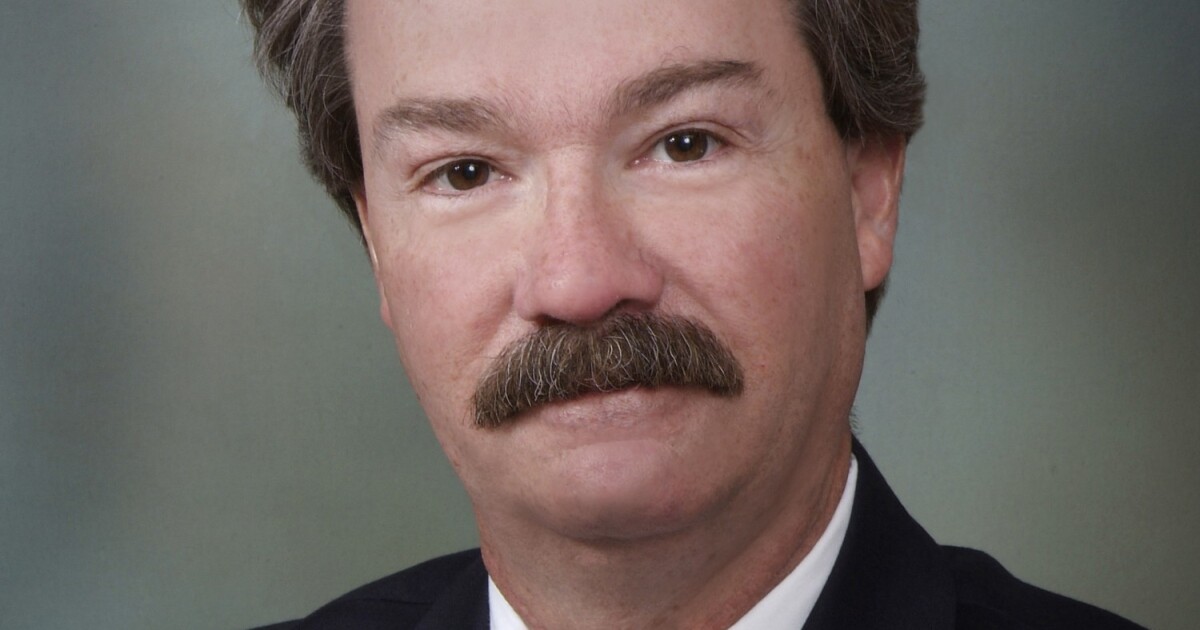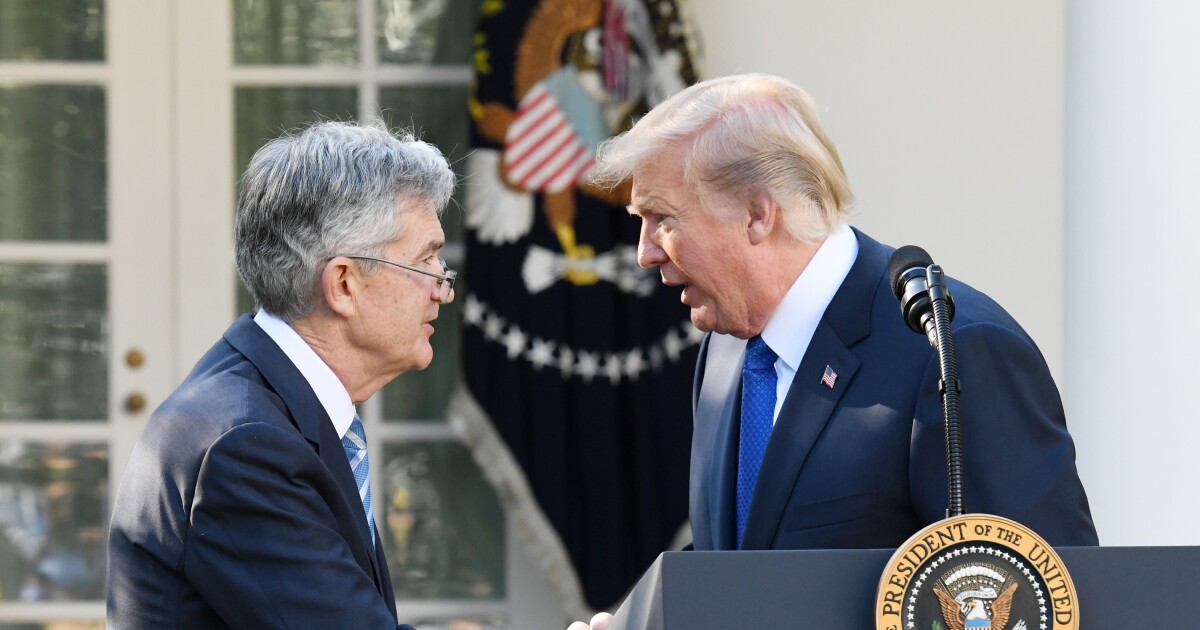
The Federal Reserve delivered the biggest hike in interest rates since 2000 and announced it would start shrinking its massive balance sheet next month, deploying the most aggressive tightening of monetary policy in decades to combat soaring inflation.
The U.S. central bank’s policy-setting Federal Open Market Committee on Wednesday voted unanimously to increase the benchmark rate by a half percentage point. It will begin allowing its holdings of Treasuries and mortgage-backed securities to decline in June at an initial combined monthly pace of $47.5 billion, stepping up over three months to $95 billion.
“The committee is highly attentive to inflation risks,” the Fed said in the statement, adding a reference to Covid-related lockdowns in China that “are likely to exacerbate supply chain disruptions.” That comes on top of Russia’s invasion of Ukraine and related events, which are “creating additional upward pressure on inflation and are likely to weigh on economic activity.”
Treasuries fluctuated and stocks remained higher following the decision, while the dollar slipped. Swaps showed traders paring slightly their bets on the amount of Fed tightening they expect for June.
Fed Chair Jerome Powell will brief reporters at 2:30 p.m. in Washington, marking his first in-person press conference in more than two years, and investors will be listening for clues on how high the Fed is prepared to raise rates to cool price pressures.
The increase in the FOMC’s target for the federal funds rate, to a range of 0.75% to 1%, follows a quarter-point hike in March that ended two years of near-zero rates to help cushion the U.S. economy against the initial blow from Covid-19.
Policy makers, who widely signaled their intention to step up the pace of rate increases, are trying to curb the hottest inflation since the early 1980s. Back then, Chair Paul Volcker raised rates as high as 20% and crushed both inflation and the broader economy in the process. The Fed’s hope this time around is that the combination of higher borrowing costs and a shrinking balance sheet will deliver a soft landing that avoids recession while tamping down inflation.
The personal consumption expenditures price index, the Fed’s preferred gauge, rose 6.6% in the year through March, more than triple the central bank’s goal — and a growing number of critics say the central bank waited too long to be able to stamp out inflation without causing a recession. Powell himself even told Congress in early March: “Hindsight says we should have moved earlier.”
Investors are increasingly betting the FOMC will opt for an even bigger rate increase, of three quarters of a percentage point, when it next meets in June, which would be the largest single hike since 1994. While officials have so far downplayed that idea, several have in recent weeks expressed a desire to “expeditiously” bring the federal funds rate to around 2.5% by the end of the year, a level they deem roughly “neutral” for the U.S. economy.
The statement repeated prior language that said, “with appropriate firming in the stance of monetary policy, the committee expects inflation to return to its 2% objective and the labor market to remain strong.” In addition, it reiterated that the Fed “anticipates that ongoing increases in the target range will be appropriate.”
Officials decided to begin shrinking the Fed’s $8.9 trillion balance sheet starting June 1, at a pace of $30 billion in Treasuries and $17.5 billion in mortgage-backed securities a month, stepping up over three months to $60 billion and $35 billion, respectively. The balance sheet had ballooned in size as the Fed aggressively bought securities to calm panic in financial markets and keep borrowing costs low as the pandemic spread.
The Fed said Wednesday that “to ensure a smooth transition, the committee intends to slow and then stop the decline in the size of the balance sheet when reserve balances are somewhat above the level it judges to be consistent with ample reserves.”
Powell told Congress in early March the process would take about three years, implying some $3 trillion in reductions.



